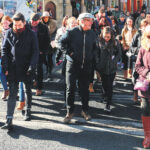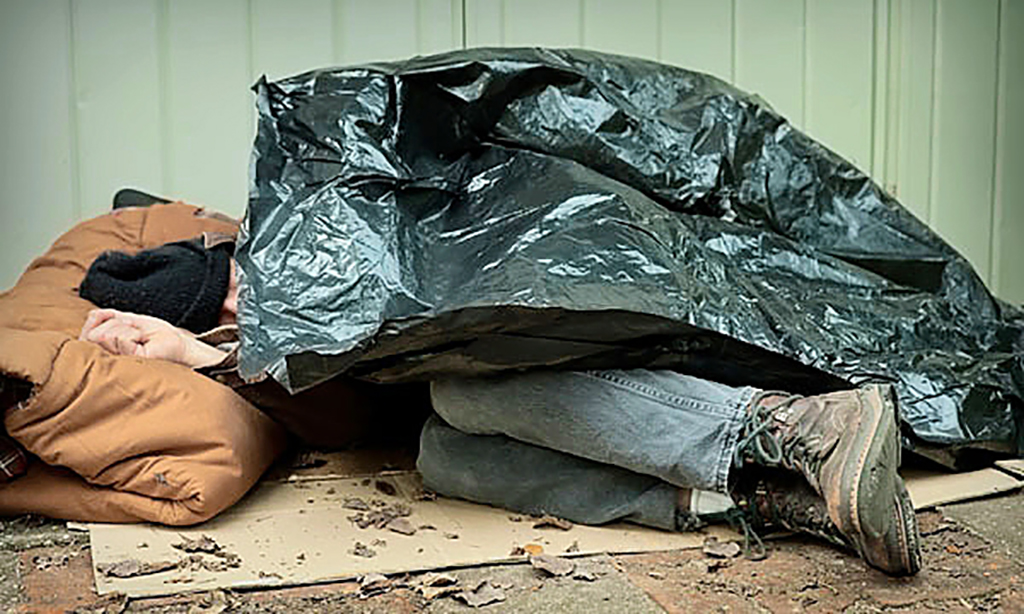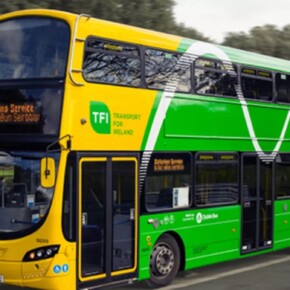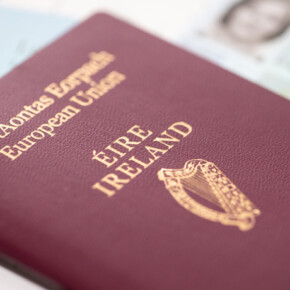Walking back through history
Dublin People 12 Mar 2016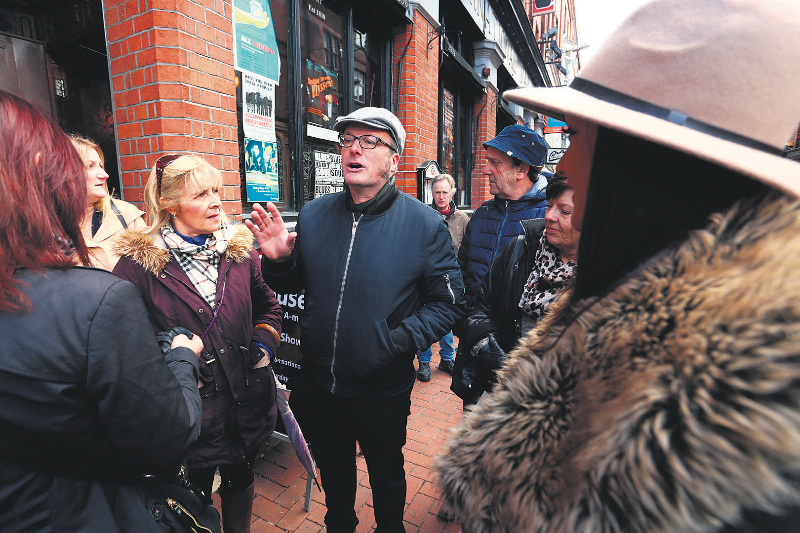
THE 1916 Rebellion Walking Tour has been running for 20 years, and it’s no surprise that in the run up to the centenary it’s busier than ever.
Historian and expert on 1916, Lorcan Collins, has cleverly created a tour that’s suitable for both history buffs and curious tourists alike by combining little-known facts about the Rising with a large dose of Dublin wit.
Collins guides many of the tours himself and on a chilly Saturday afternoon, meets us at the International Bar on Wicklow Street.
He brings us downstairs to deliver an animated overview of Irish history, beginning with the Famine and leading right up to the days before the Rising.
“We’ve got our cause, our army, some weapons – what can go wrong?” Collins asks hypothetically. “Well it’s Ireland so everything, at the last minute,” he says to a room filled with laughter as he explains miscommunication with the German boats carrying arms and Eoin MacNeill’s attempt to call off the 1916 Rising.
Collins uses humour to help people understand history – and it works. When talking about the bravery of Robert Emmet’s poorly supported rebellion in 1803, he exclaims “I wouldn’t try trash a Starbucks with just 80 men”.
Interestingly there’s only one non-Irish person on our tour. Collins says that for the first ten years of running the tour, Irish people weren’t that concerned about 1916.
He pinpoints the economy starting to fail as the time when Irish people “began to get a little bit interested in their revolutionary history”.
Our first stop is Trinity. Collins explains how the college would’ve been an ideal spot for a station for the Rising but the officer training corps were stationed there.
He points out Bank of Ireland, which was the former House of Parliament, and tells why the building had windows (avoiding a window tax) and why the alcoves in the wall are bare (they couldn’t decide on which statues to erect).
We travel over Rosie Hackett’s Bridge and learn about the woman who was involved in everything from strikes in Jacob’s biscuit factory to the Rising itself.
From the bridge we can also see the Liberty Building, which belonged to the Irish Transport and General Workers’ Union and was the headquarters for the Irish Citizen Army.
Inside the GPO, Collins paints a picture of what it was like during the Rising – leather bound books used as barricades and the walls so hot if you put your hand on them, it would stick to it.
Collins humorous delivery is reminiscent of the late Shane MacThomais, so it’s no surprise to learn that the Glasnevin Cemetery historian cut his historical teeth on the 1916 Rebellion Walking Tour. In fact, shortly before he died, MacThomais went back to his roots to deliver a couple of tours for his aul’ pal Lorcan.
We walk down the quays, along Bachelor’s walk and cross over the Millennium Bridge. The Four Courts is pointed out, and we head to our final stop of Dublin Castle. Collins points out the floor where James Connolly was tended to by the English. As Collins says goodbye to the tour he suggests other places to visit; Kilmainham Gaol, Glasnevin Cemetery and the National Museum in Collins Barracks.
“Celebrate the centenary. Enjoy the ideals of 1916,” he urges the entertained crowd.
To book a tour or find out more visit www.1916rising.com
Róisín Nestor
- Walking back through history


